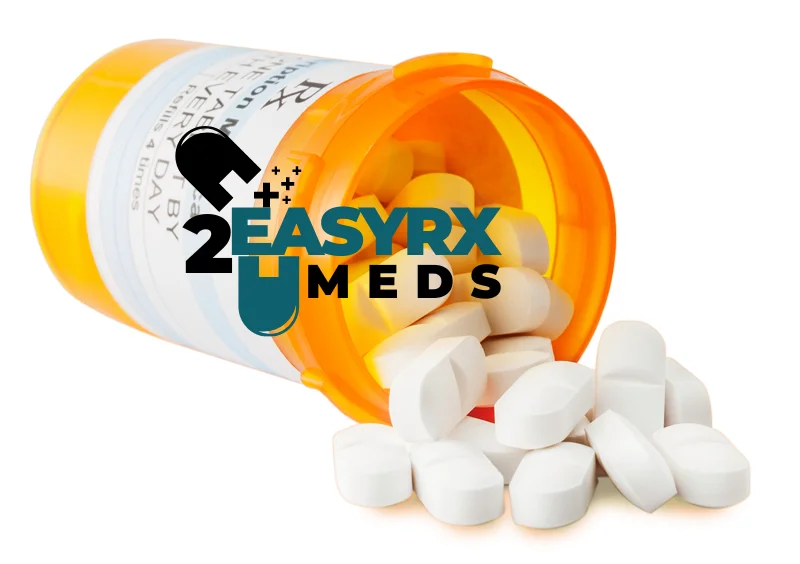There is no item in your cart
Introduction of Hydrocodone / Ibuprofen:
Ibucodone is a combination medication used primarily to manage pain, particularly moderate to severe pain that may not be adequately controlled by other analgesics alone. Here’s an overview of each component and the combination:
Hydrocodone
- Classification: Opioid analgesic (narcotic).
- Mechanism of Action: Ibucodone works by binding to opioid receptors in the brain and spinal cord, altering the perception of pain and emotional response to it.
- Uses: It is commonly prescribed for pain relief, often following surgery or injury, and can also be used for chronic pain conditions.
Ibuprofen
- Classification: Nonsteroidal anti-inflammatory drug (NSAID).
- Mechanism of Action: Ibucodone reduces pain, inflammation, and fever by inhibiting the production of prostaglandins, chemicals in the body that promote inflammation and pain.
- Uses: It is commonly used to relieve mild to moderate pain, inflammation (such as in arthritis), and fever.
Combination Benefits
- Enhanced Pain Relief: The combination of hydrocodone and ibuprofen can provide more effective pain relief than either medication alone. While hydrocodone addresses severe pain, ibuprofen helps reduce inflammation and swelling.
- Lower Opioid Dosage: Combining these two medications can potentially allow for a lower dose of hydrocodone, reducing the risk of opioid-related side effects and dependence.
Administration and Dosage
- Forms: Typically available in tablet form, often prescribed for specific dosing based on the severity of pain and patient needs.
- Dosage: The dosage is individualized based on factors like age, weight, and the specific condition being treated. It’s important to follow a healthcare provider’s instructions for use.
Side Effects
Common side effects may include:
- Drowsiness or dizziness
- Nausea or vomiting
- Constipation
- Upset stomach or indigestion
- Risk of liver damage with excessive ibuprofen use
Precautions
- Addiction Risk: Ibucodone can be habit-forming, and it is important to use it only as prescribed.
- Contraindications: Caution is advised for individuals with a history of substance use disorder, respiratory issues, liver disease, or those taking certain medications that may interact with opioids or NSAIDs.
Benefits:
1. Enhanced Pain Relief
- Combining an opioid and an NSAID can lead to more effective pain control than either drug alone. Ibucodone targets pain at the central nervous system, while ibuprofen reduces pain at the site of inflammation, creating a dual-action effect.
2. Reduced Need for High-Dose Opioids
- Using Ibucodone may allow for lower doses of opioids, reducing the potential for opioid-related side effects such as sedation, respiratory depression, and addiction risk. This helps in providing pain relief while minimizing dependence on opioids.
3. Anti-Inflammatory Benefits
- Ibuprofen reduces inflammation, which is often a significant factor in pain. This is especially useful in conditions like arthritis, post-surgical pain, or injury-related pain, where inflammation is a key component of the discomfort.
4. Fever Reduction
- Ibuprofen is an antipyretic (fever reducer), so the combination can also be useful in cases where fever accompanies pain, such as after surgery or infections.
5. Synergistic Effect
- The combination works synergistically: It changes how the brain perceives pain, while it addresses the source of pain through its anti-inflammatory action. This allows for improved pain management.
6. Short-Term Use for Acute Pain
- This combination is particularly effective for managing acute, short-term pain (e.g., post-operative or injury-related), helping to avoid long-term reliance on stronger opioids that can lead to addiction.
7. Well-Tolerated in Many Patients
- When used as prescribed and for short durations, this combination is generally well-tolerated. It offers a balance of potent pain relief with manageable side effects for many patients.
8. Improved Quality of Life
- Effective pain control can help improve a patient’s ability to engage in daily activities, recover faster, and sleep better, leading to a better overall quality of life during recovery.



Reviews
There are no reviews yet.